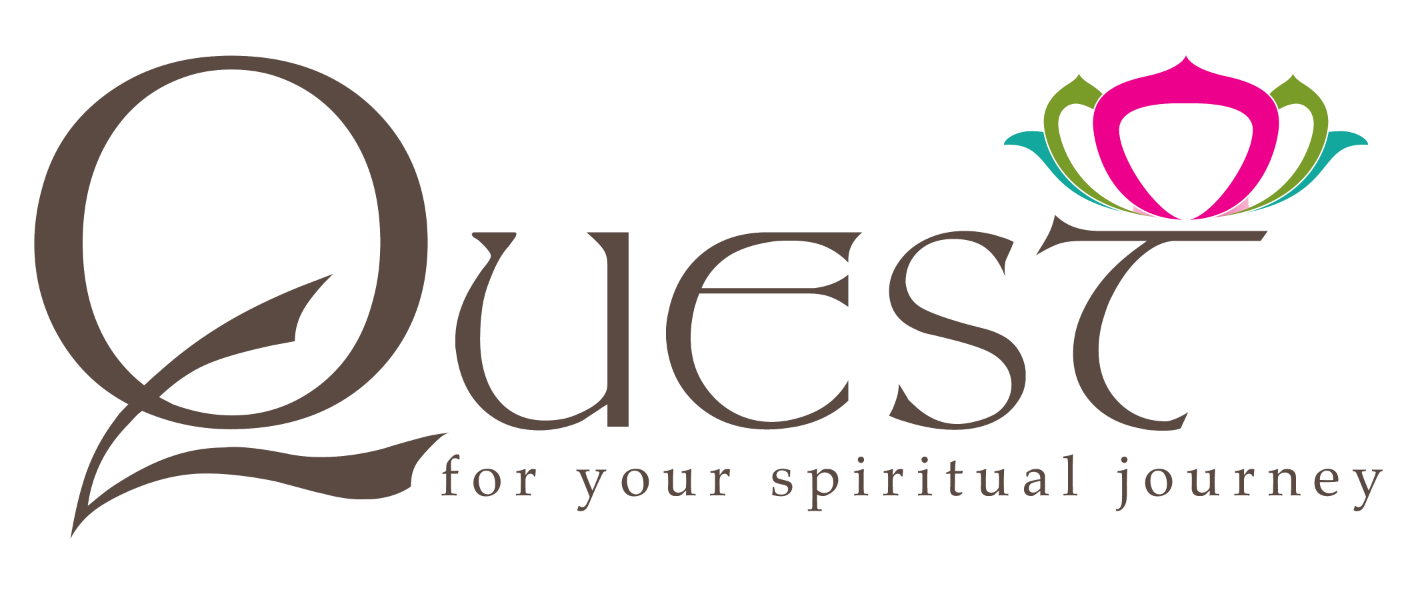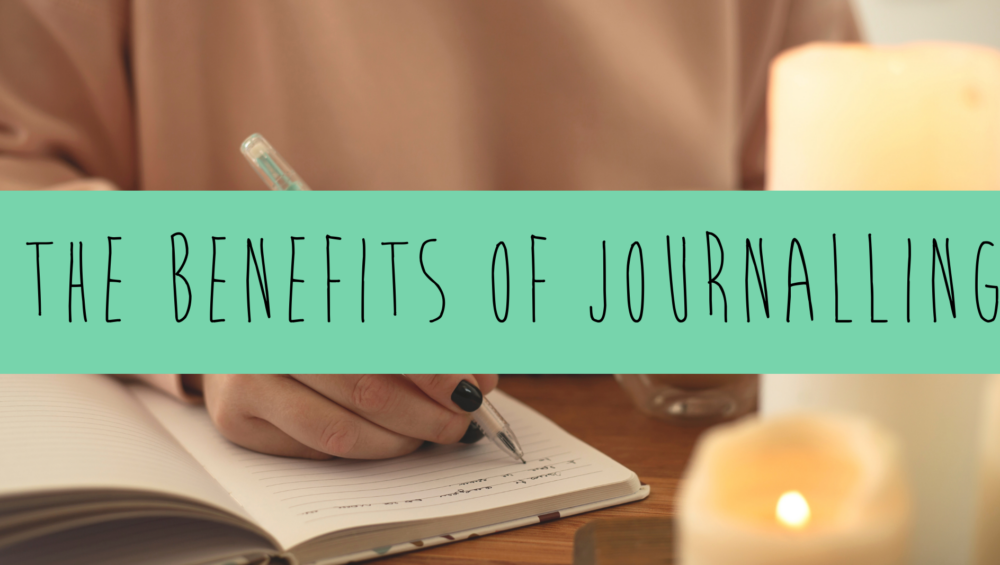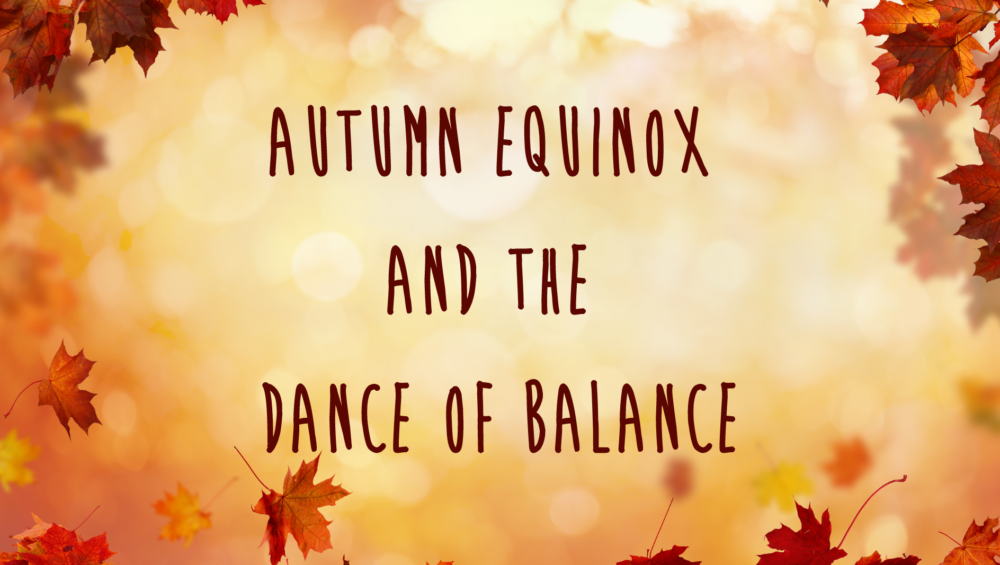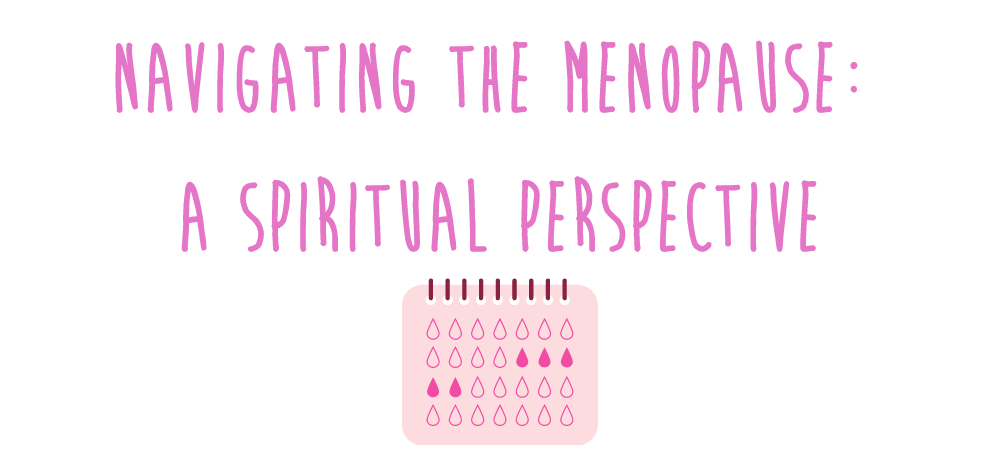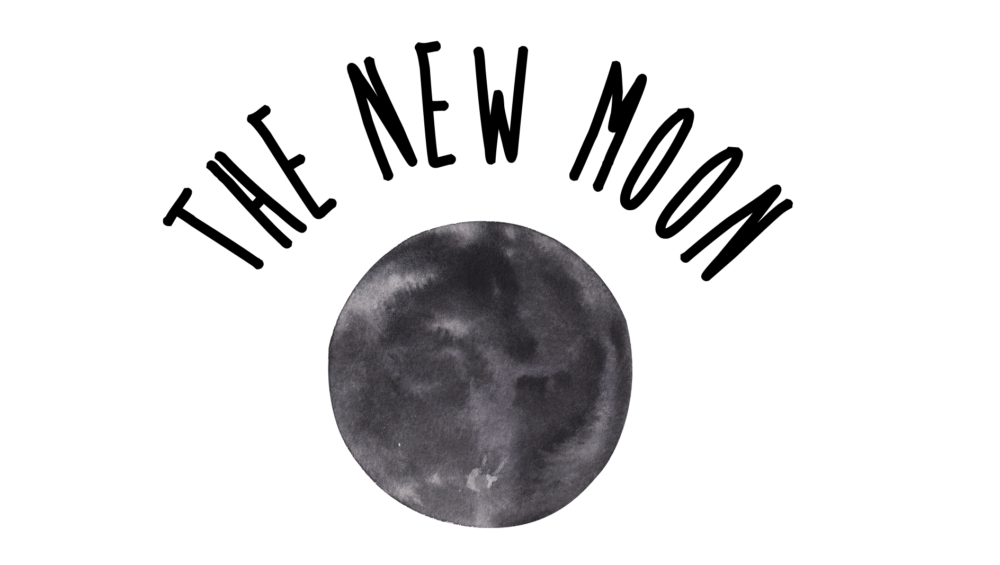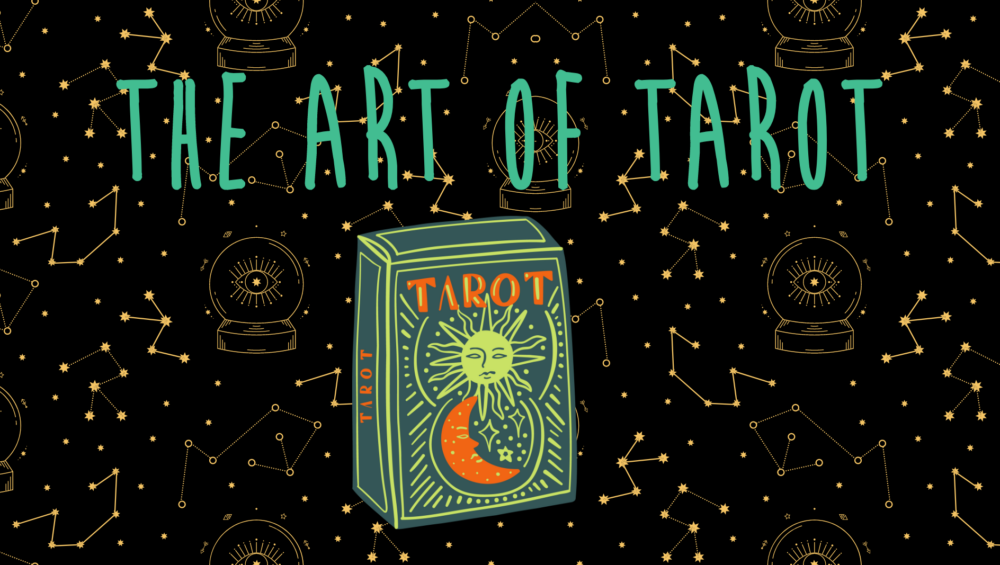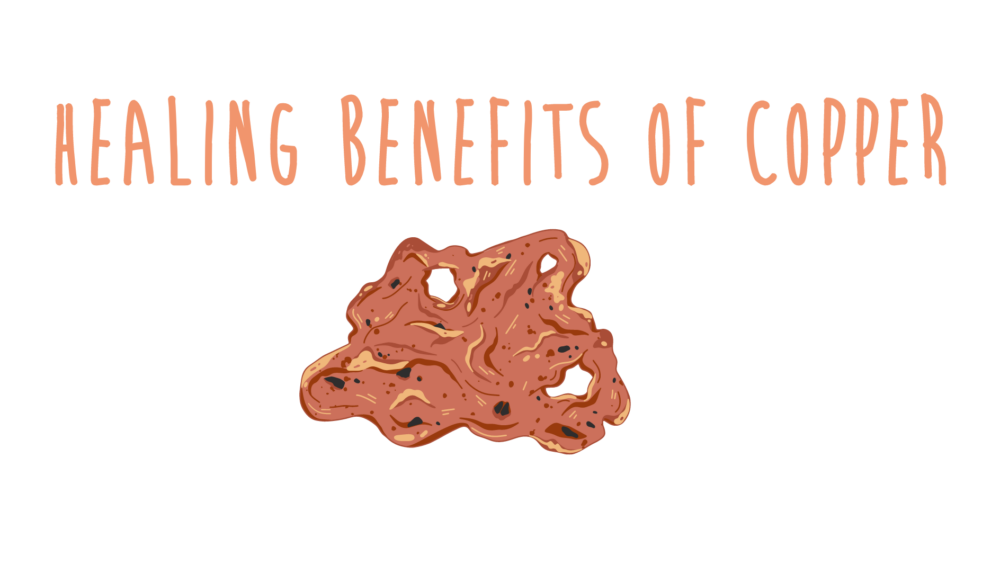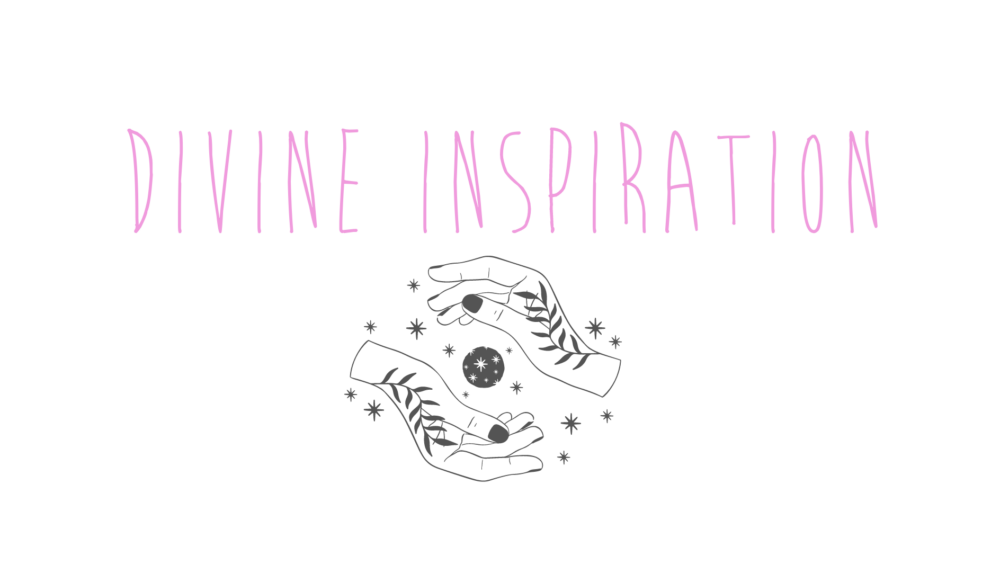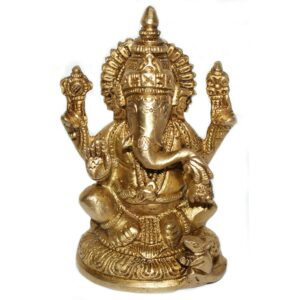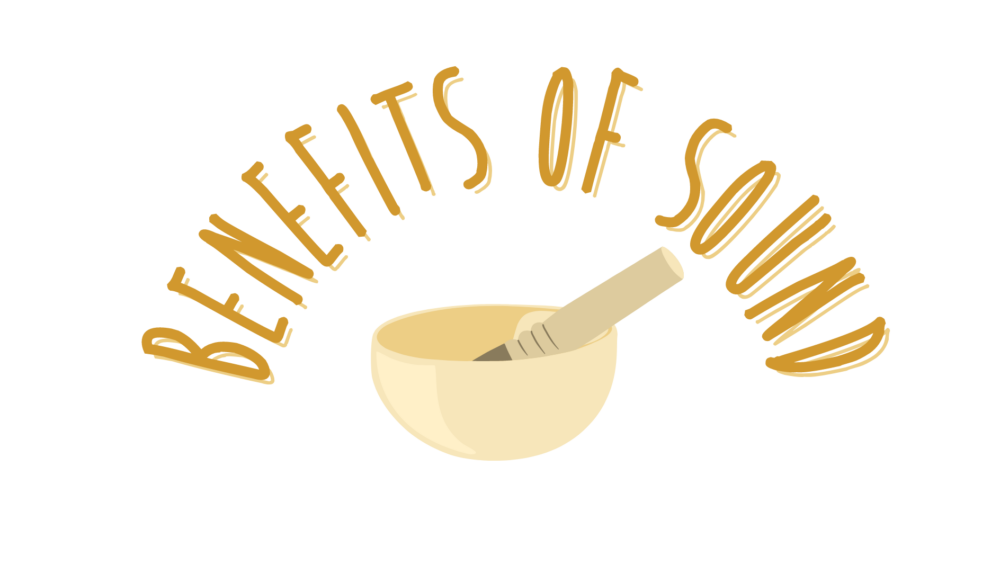Welcome to this fortnights blog – The Benefits of Journalling. Have you ever considered picking up a pen and pouring your thoughts onto paper? Or perhaps, you already journal, but want to get more from it? If you’ve answered yes to either of those questions, you’ve come to the right place. Believe it or not, journalling isn’t just for poets or those with a penchant for prose; it’s a powerful tool that can transform your life in more ways than one. Through this blog we’ll uncover the incredible benefits in greater detail and give you some of our top journalling tips.
Why Journal?
So why should you consider journalling? Well, as we mentioned before, there are many benefits to journalling. Here are just a few examples.
- Clarity in Chaos – We are sure you’ll agree that life can sometimes feel like a whirlwind of emotions, responsibilities, and experiences. Enter journaling, your personal lighthouse in the storm. Putting pen to paper allows you to untangle your thoughts, giving them shape and form. Suddenly, the chaos starts to make sense, and you find clarity in the midst of it all.
- Emotional Release – Ever felt like your emotions were swirling inside you, begging for an outlet? Journalling can provide you with a safe space to let it all out. Whether it’s joy, sorrow, anger, or excitement, see your journal is your confidant, ready to absorb and validate every emotion, without judgment or reservation.
- Unraveling Patterns and Growth – Flipping through the pages of your journal is like looking back at a photo album of your soul’s journey. You start noticing patterns in your thoughts, behaviors, and emotions. This newfound awareness becomes a compass, guiding you towards personal growth and transformation. It captures not only your struggles and triumphs but also the small, beautiful moments that often slip through the cracks of memory. Imagine revisiting these pages years from now, reliving the experiences that shaped you.
- Boosting Mental and Emotional Well-being – Studies have shown that journalling has a positive impact on mental health. It helps reduce stress, anxiety, and depression. By externalising your worries and fears onto paper, you free up mental space for creativity, positivity, and a greater sense of well-being. Journalling encourages introspection. It prompts you to explore your beliefs, values, and aspirations. Through this process, you become more attuned to your authentic self, fostering a deeper sense of self-awareness.
- Strengthening Gratitude and Positivity – Every day is a gift, and journaling reminds you of that. By jotting down things you’re grateful for, you train your mind to focus on the positive aspects of life. This simple act has a ripple effect, infusing your days with a newfound sense of joy and contentment.
See your journal as your personal sanctuary, a place where you can be completely, unapologetically yourself. It’s a judgment-free zone where you can explore your deepest thoughts, fears, and desires without fear of scrutiny.
5 Top Tips
Here’s our simple guide on how to get started.
Tip 1: Choose Your Tools – Pick a notebook, journal app, or even a digital document. Select pens, pencils, or digital tools that you enjoy using.
Tip 2: Set Aside Time – Allocate a specific time each day or week for journalling. After all, consistency is key!
Tip 3: Create a Relaxing Environment – Find a quiet, comfortable space where you won’t be interrupted. You might like to light a candle, burn some incense or diffuse some essential oils.
Tip 4 : Explore Prompts – Use prompts to spark creativity or address specific areas of your life. Consider writing about your experiences, interactions, and feelings.
Tip 5: Be Patient and Kind to Yourself – Don’t judge your writing. It’s for you, and there’s no right or wrong way to do it.
Remember, there’s no one-size-fits-all approach to journalling. It’s a personal practice, so make it your own and enjoy the process! Happy journalling!
We’ve Got You Covered
Interested in journalling? We’ve got a number of beautiful journals available here at Quest. Can’t see what you are looking for? Don’t forget you can pop in store or give us a call on 01372 878 606 and we’ll be happy to help.
If you like what you’ve read and would love more magic in your daily life, sign up to our newsletter, pop into store or visit us online at www.spiritualquest.co.uk – Quest is a close, family run business that has been open for over 17 years – we have cultivated a shop & wellbeing centre filled with beautiful crystals, magical energies & lots of love and laughter!
